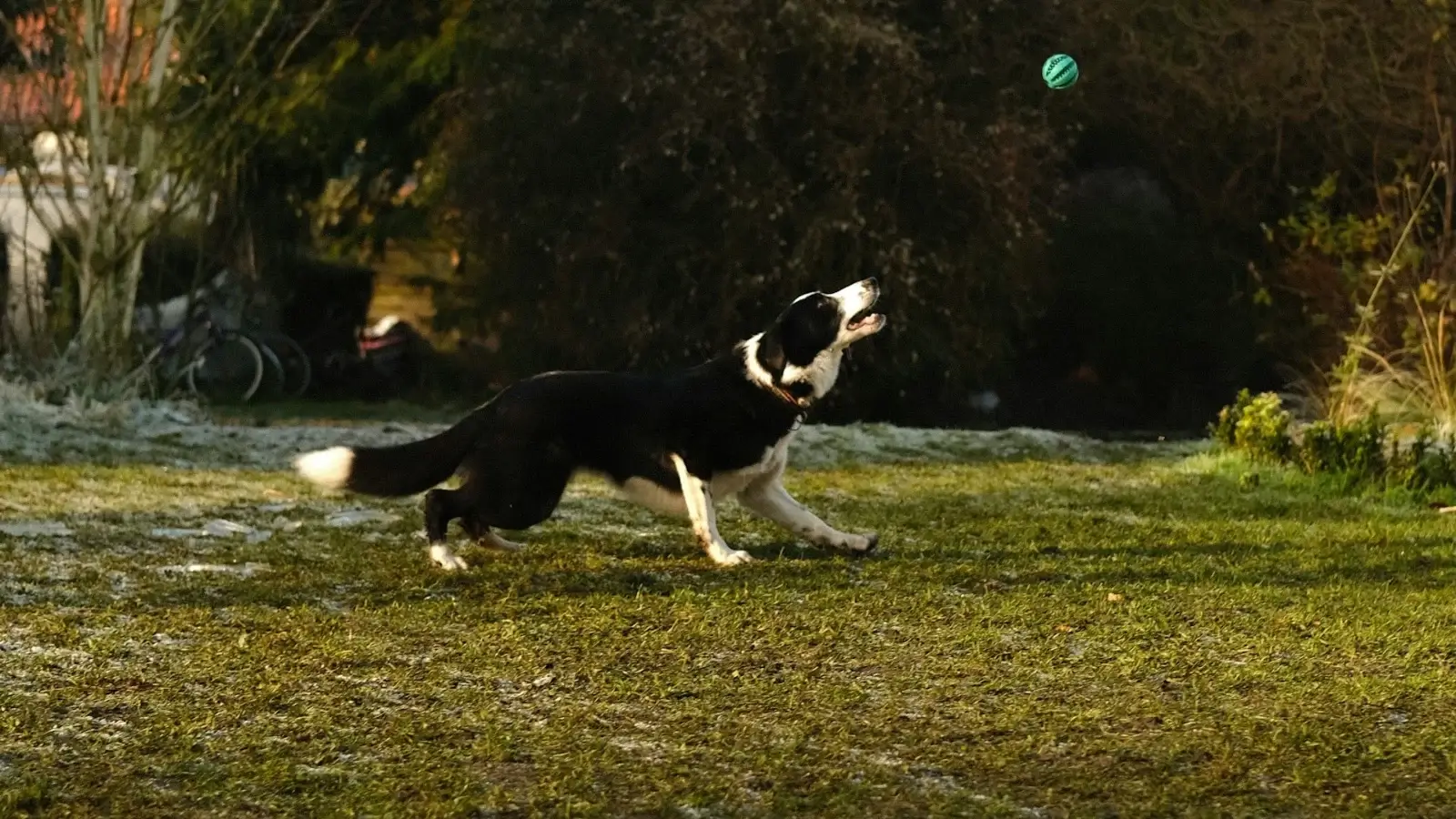


For many pet owners, the backyard isn’t just a patch of green—it’s an extension of home. It’s where dogs stretch their legs, play fetch, lounge in the sun, and handle their business. But maintaining that space to be both pet-friendly and people-friendly requires thoughtful design and regular upkeep. A truly functional yard goes beyond fencing; it includes strategies for managing hygiene, minimizing odor, and ensuring the safety and comfort of every member of the household—human or canine.
With residential dog poop scooping becoming an essential service in pet-owning communities, now is the time to rethink how yards are structured and cared for.
Yards designed without pets in mind often fall short once a dog (or two or three) becomes a daily user. Soil compaction, dead patches, and persistent odor are common. A yard that once thrived with occasional use becomes overworked. Add to that a loose or irregular scooping schedule, and the problems compound quickly.
A system for residential dog poop scooping—whether it's one-time cleanup or recurring 5x per week service—can make all the difference. But physical layout matters too. Pet-friendly landscaping solutions include shaded potty zones, durable ground cover, and dedicated waste disposal setups that encourage good habits and limit wear.
A successful yard design separates functions. The lounging area shouldn’t be the same spot as the pet’s restroom. Creating zones within the yard ensures dogs have the freedom to roam while minimizing turf damage in high-traffic areas.
Using pavers, gravel strips, or mulch patches for bathroom zones helps with drainage and cleanability. These materials reduce the likelihood of mud and help control odors better than traditional grass. For households using services like Doodie Free for 1x per week or 2x per week cleanups, these zones make the task faster and more efficient while containing contamination.
Some grasses and materials hold up better under paw traffic. Fescue and Bermuda grass are hardy and tend to rebound well, even with frequent activity. For high-wear paths—along fences, for instance—artificial turf or rubberized pavers can reduce erosion while remaining pet-safe.
In areas designated for commercial dog poop scooping or high-frequency pet use, synthetic grass has become a favorite. It allows for drainage, can be sanitized, and resists discoloration. That’s ideal for landlords, renters, or anyone interested in keeping up appearances year-round.
Dog waste left on lawns can create a nitrogen imbalance that damages grass. But it also poses a more serious issue: bacteria-laden runoff. Without proper yard drainage, waste compounds in low spots, creating pockets of odor and health hazards that can be hard to remedy.
Sloping lawns gently away from home foundations, using gravel drainage lines, or installing French drains in trouble spots can reduce standing water and limit bacterial spread. Combined with regular residential dog poop scooping, this significantly lowers the risk of pathogen buildup.
One-time cleanups are useful after long breaks, vacations, or rental transitions. But in most homes, regular service—like 2x per week or 5x per week—is the key to maintaining sanitary outdoor space. This is especially important for families with kids who frequently use the yard or for homes with multiple dogs.
Companies like Doodie Free help simplify this routine. Their scheduling options provide flexibility while ensuring waste never gets out of hand. Clean yards don’t just look better—they reduce the risk of tracking fecal matter into the house and help maintain neighborhood standards.
Each dog can produce an average of 274 pounds of waste per year. Multiplied across neighborhoods, the effect on soil, water, and shared spaces becomes undeniable. Pet waste isn’t fertilizer—it carries pathogens that can remain active in soil for months, especially if the lawn isn’t properly aerated or cleaned.
That’s why both residential and commercial dog poop scooping has evolved into a public health priority. Left unchecked, pet waste threatens not just lawns, but water systems, wildlife, and local ecosystems. Structured cleanup services reduce that impact substantially.
A clean yard should smell like fresh grass, not old droppings. Odor management starts with prompt waste removal, but can also include neutralizers like yard-safe enzymes or vinegar-based sprays that break down bacteria.
For pet owners who entertain outdoors, these strategies restore the space to its original purpose: relaxation. With the right scooping schedule and surface treatments, guests never know the yard hosts dogs daily. And neither does your nose.
Beyond private yards, commercial properties—like dog parks, apartment complexes, and retail centers—face even greater stakes. With higher foot (and paw) traffic comes more waste, more complaints, and more pressure to keep spaces pristine.
Commercial dog poop scooping services operate on customized schedules, covering larger areas while ensuring discretion and consistency. They often include signage, pet station maintenance, and perimeter checks that elevate the property’s reputation while meeting sanitation codes.
Most homeowners already have a lawn care routine—mowing, watering, fertilizing. Integrating dog waste removal into that schedule ensures it’s not neglected. Whether it's daily DIY or a partnership with services like Doodie Free, scooping becomes part of responsible ownership.
It also protects your investment. Lawn care can be costly, especially when re-sodding or reseeding becomes necessary due to neglect. Keeping up with pet waste is one of the simplest, most affordable ways to prolong a healthy lawn.
Building a dog-friendly yard isn’t about sacrificing beauty for function. It’s about designing a space where both can coexist. Through smart zoning, the right materials, and scheduled residential or commercial dog poop scooping, you can create an environment that’s clean, odor-free, and safe for everyone.
With companies like Doodie Free offering structured cleanup plans, from one-time to 5x per week, pet owners have more tools than ever to manage their space effectively. A clean yard isn’t just a reflection of your dog’s habits—it’s a reflection of your standards.